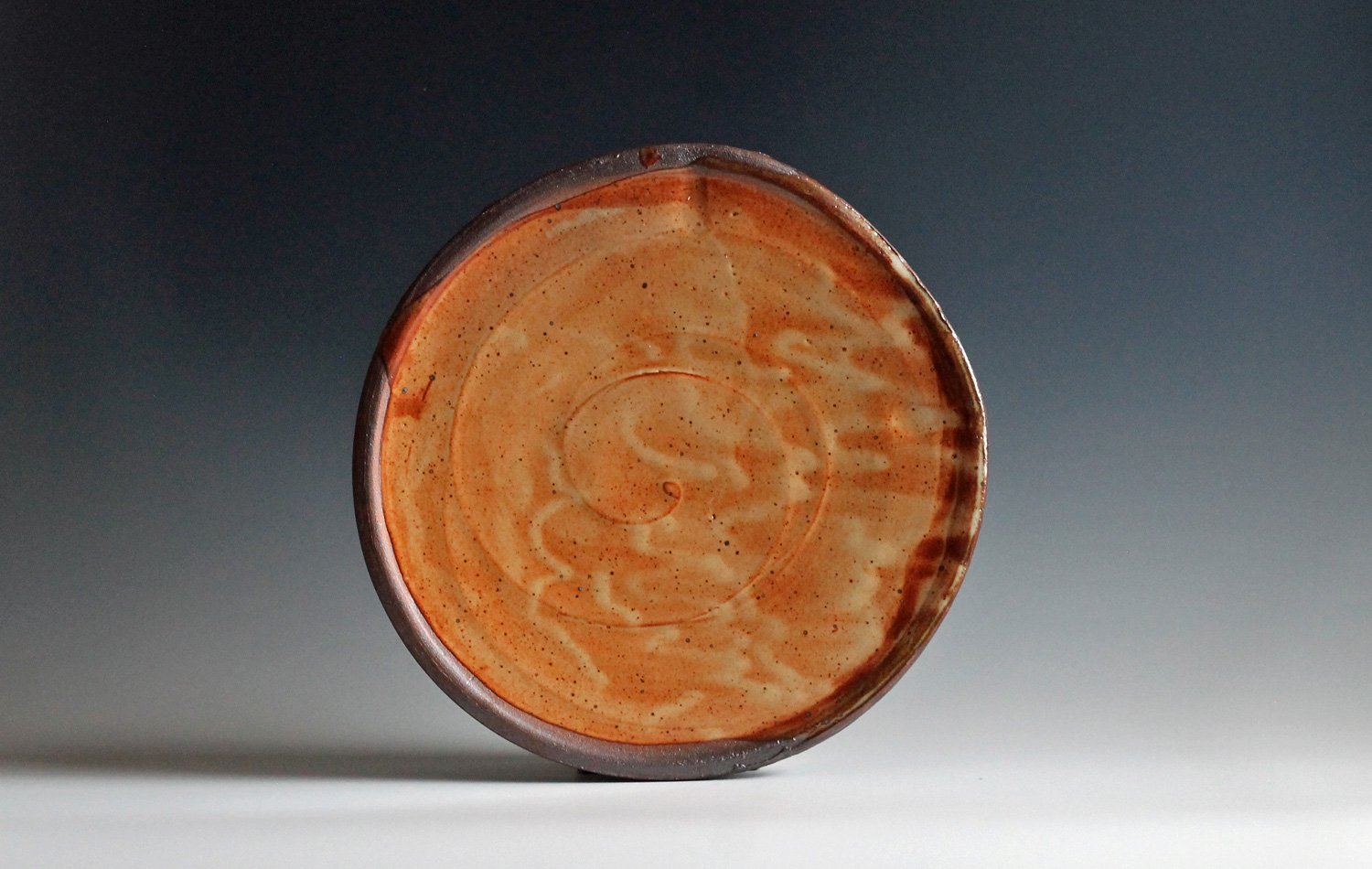Blog
Writing is the way I think, and track what’s happening in the studio, and try to extrapolate from there to what might be happening with the rest of life.
I hesitated at the end of class, the new teapot poised over the reclaim bucket. Wait - I could actually use this.
The permanence of stoneware is one of its satisfactions, and another satisfaction, more significant, is its ultimate imperfection – there's always a little background noise.
Not everyone's work can get noticed, not everyone stays working through to the end, not every pot lovingly made in a home studio that's been lovingly built gets very far, and these pots never made it more than thirty feet from their kiln.
Instinctively, as you start on a path you're unsure of, you look for help and it comes obliquely, in ways you don't always recognize at first.
A surprising change had taken place. It is so not true that stoneware is an indelible permanent material. The plates were not that good anymore.
I stood up from my computer as the door opened with the first box – just set that right here, thanks, I said, pointing to the same spot where the same driver has set boxes down for the last twelve years. I peered at the label – for a moment I had forgotten what this box was and who had sent it.
Each strip of paper has to be the same size and shape so that they are equally weighted, so to speak — each potential project needs the same consideration, just as each day, from a journal-writing perspective, needs its thoughts and ideas translated. You can't pick and choose.
I've been thinking over these early experiences of learning glazing, and pondering these clichés about teaching, over the last week or so as I wrap up another round of the glaze class down at the studio in Santa Fe. What would my teacher say now if he knew I was standing before others, repeating his words, then pausing as students write them down?
Sometimes I think a big reason I'm in the studio is that I just like that, the comforting spin of the wheel, the churn of the mixer, the tumbling ball mill. You get to be a bit like these machines on a good long day working.
Judith Duff's white shino glaze is thick on the outside of the form, rutted like a midsummer county road, and that's wood ash, melting at the shoulder & dripping down into glass.










